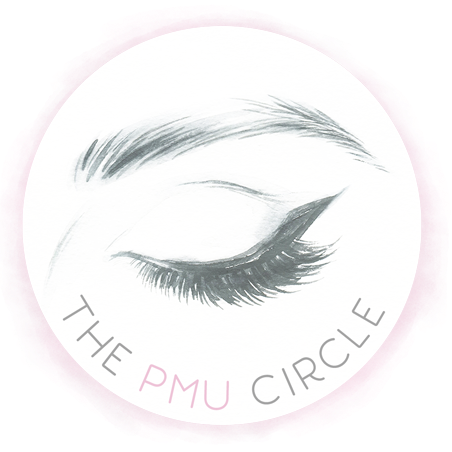How is micropigmentation carried out for scar camouflage?
I have specialised in scar camouflage for over 11 years now and have developed a very gentle but long lasting technique, so you get maximum results out of your treatment.
I use a pen with a tiny hair-fine needle which moves up and down, much like a sewing machine. Tiny dots of coloured pigment are deposited into the skin, gradually building up a natural and realistic effect using artistic use of colour, shadows and highlights.
During scar camouflage treatments, I will add tiny natural detail, such as freckles and skin texture, so I can achieve a natural realism as much as possible.
Depending on the sensitivity of the scar tissue, I will offer you a topical anaesthetic (in the form of a cream, which is applied at least 30 minutes before the procedure is carried out) to numb the area.
What are the benefits and risks of scar camouflage using Micropigmentation?
To achieve the most natural results when camouflaging a scar, I have over 30 skin colour pigments to blend, so I will try my absolute best, to realistically match the colour to your surrounding skin.
As micropigmentation is an invasive procedure, I’m using needles to penetrate your skin surface and the treatment is not without risk.
The main risks include;
Slight skin irritation
Uneven pigment colour
Not achieving an exact colour match
Fading of colour over time
Scarring
Pigment migration or spreading
Patients with keloiding problems or who have developed a raised scar after surgery or a tattoo previously, may not be good candidates for this procedure and you can discuss your prior scarring with me at your consultation. Patients with active infections should wait until the infection has cleared before seeking treatment.
If you are choosing to undergo areola and scar tissue tattooing after a breast surgery, you will need to check with your surgeon before having the procedure performed.
Scar tissue accepts implanted pigment very differently than normal tissue and can result in uneven colouring, discomfort and keloiding (raised scarring).
It is usually best to wait until the scar tissue is mature and that can be anywhere from 7 to 12 months.
What factors may affect the results?
There are many variables that can impact on the final results of micropigmentation which is partially determined by variations in skin type, and can also be affected by:
Natural skin tones
Individual healing ability
Medication
Skin characteristics (dryness, oiliness, sun damage, thickness, colour)
PH balance of the skin (acidity)
Alcohol intake
Smoking
Illness
For a consultation or to discuss a scar you would like camouflaged, call me on 01743 246 548 or email me at Jo@jobregazzi.co.uk





















